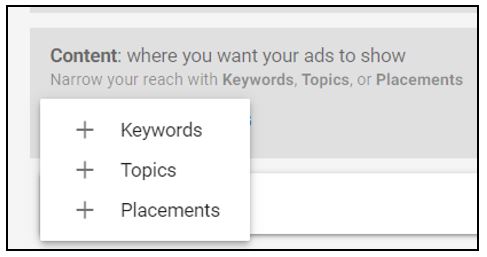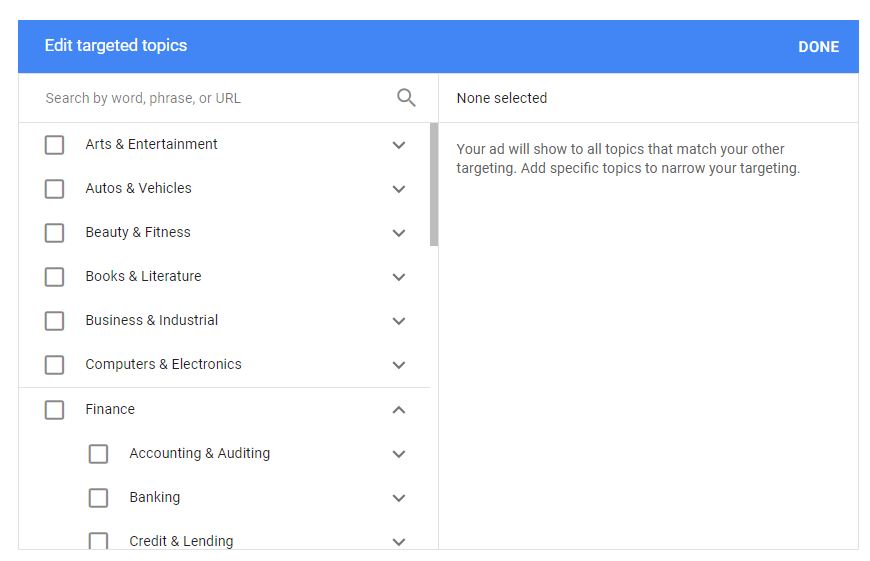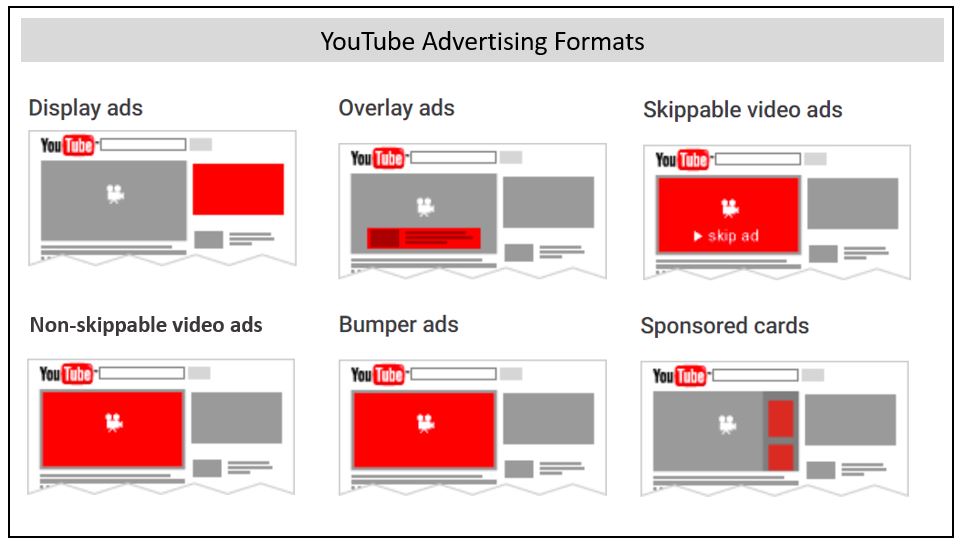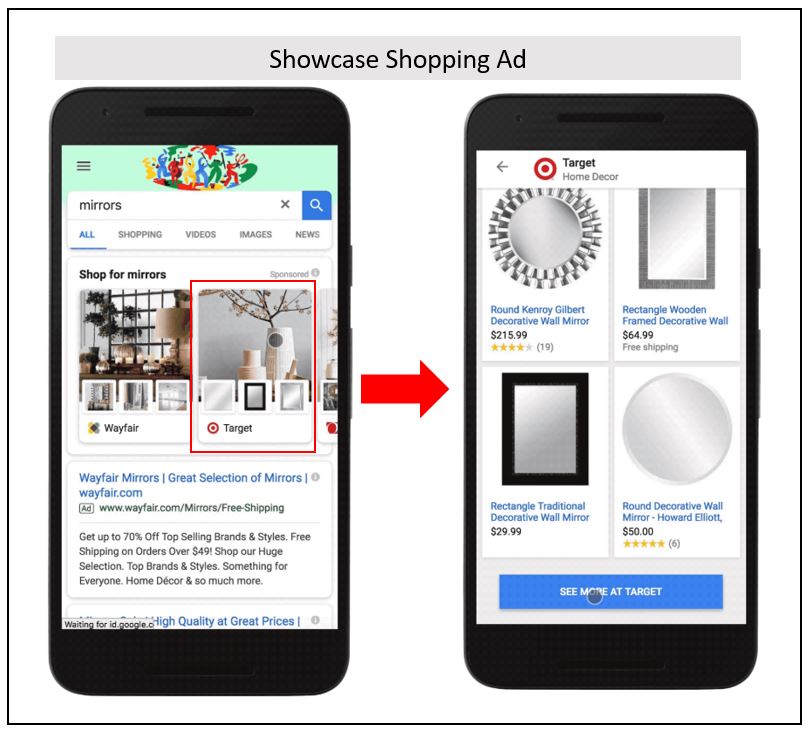Five ways to target ads on Google that don’t involve keywords
Tactics to test within Google Ads if you want to expand your digital advertising strategy beyond keyword targeting, without venturing beyond Google.
Tactics to test within Google Ads if you want to expand your digital advertising strategy beyond keyword targeting, without venturing beyond Google.
Google is synonymous with search, but there are many different ad types available to Google advertisers that don’t require keyword targeting at all.
In fact, Google Ads can be a particularly powerful tool for marketers who want to test different digital ad types without the complexity of managing multiple publishers. While Google isn’t quite a one-stop-shop for all digital advertising, it comes close.
So, if you want to expand your digital advertising strategy beyond keyword targeting, but aren’t ready to venture beyond Google, here are some tactics you can test from within your Google Ads account.
Google’s display network (GDN) is comprised of over two million websites and reaches 90% of global internet users. Display ads come in a variety of flavors, but for the purpose of categorization, when I refer to display ads, I mean banners and text ads (as opposed to video ads) which run on websites such as blogs, YouTube and within apps.

Display ad placement examples—source: Google Ads
Google’s display network is vast and gives advertisers a lot of options when it comes to ad formats. These include:
You can find a complete list of ad specifications here.
Display ads can be targeted in a variety of ways including (but not limited to) keywords. However, keep in mind that keyword targeting on display isn’t the same as keyword targeting on search.
Display advertising is based on context, so ads don’t appear based on a user’s search query, but show up passively beside content that is contextually relevant to an advertiser’s specified keywords. That’s why it’s helpful to use targeting criteria that focus on topics, interests, and demographics (in addition to or instead of keywords).

Image Source: Google Ads
Display ads can also be targeted by interest or affiliation targeting or by selecting specific websites (placements). Advertisers can select multiple targeting criteria to narrow down the volume of impressions and clicks or cherry-pick one or two types of targeting for broader reach campaigns more suitable for branding than response.

Example of topics available for Google Display targeting—Image source: Google Ads
Google’s display network offers the same basic versatility as a third-party programmatic display vendor such as Adroll or Sitescout. Since there’s no minimum spend requirement, advertisers can experiment with ad formats, different targeting criteria, and creative while reaching a large audience.
Video ads are shown on YouTube and the GDN. Advertisers can choose from a variety of different ad types and formats when promoting videos on YouTube. These include the display, overlay, skippable video, non-skippable video, and bumper ads.

Image Source: Google Ads
YouTube reaches an astounding one billion users and ads can be targeted in a variety of ways from within the Google Ads platform. These include broader targeting criteria such as basic demographics and more detailed demographics (For example college students, homeowners, and others).
YouTube also supports interest targeting, affinity audiences (people who have a strong interest in related topics), life events, remarketing audiences, placements/channels, topics, keywords, and devices.
While keywords-targeting is available on YouTube, it’s not essential. Adding keywords to your YouTube targeting can reduce the volume of impressions, so it’s a tactic that should be monitored closely as it can often hobble a campaign (in terms of reach).
Shopping campaigns rely on merchant product feeds rather than keywords for targeting. They’re currently the only ad type that incorporates images on Google’s search results pages.
Retailers can showcase key aspects of a given product in a shopping ad including a product photo, title, price, store name, product review, and more.
Shopping ads rely on Merchant Center product data to display in the search results. They’re dynamic, in that Google will show the ads most relevant to a user’s query based on details in the merchant feed (rather than keywords the merchant bids on). The three types of shopping ads available include:

Example of Product Shopping Ads—Image source: Google Ads

Example of a Showcase Shopping Ad—Image Source: Google Ads
Google Shopping campaigns are created within the Google Ads interface, but an important first step is for retailers to create a Google Merchant Center account then set up a product feed.
Google has a specific campaign type for advertisers that want to promote app downloads and in-app purchases. App campaigns on use text assets from an app’s Google Play store listing, although some text is required to set up the ad.
App ads are eligible to run on Google Search, Google Play, YouTube, GDN, AdMob, and other publishers that host app ads. App ads feature an “Install” button that, when clicked, links to the store page for the given app.
Remarketing and audience targeting aren’t isolated to a specific campaign type but can be applied across most campaigns. Note that some categories such as gambling and healthcare are prohibited from using Google’s personalized advertising features. Personalized advertising is worth mentioning as a separate targeting criterion (above and beyond keyword targeting) because it’s a powerful way for advertisers to connect with interested prospects.
Remarketing, in its simplest form, is a way to show ads on external websites or apps to people who have visited your website in the past. Advanced remarketing is more dynamic and personalized. It enables advertisers to show specific products or services in ads based on what users viewed on their website. Video remarketing shows ads on Google and the GDN to people who have interacted with videos on an advertiser’s YouTube channel.
Google also allows advertisers to upload customer data (e.g., customer list remarketing) taken from their internal customer contact information. These ads will only show when the user is logged into their Google account and can be a very effective way to reach interested consumers.
Audience targeting is a form of personalized advertising that allows advertisers to create audience lists that serve custom ads. Audience lists are set up in Google Ads as remarketing lists and assigned at the campaign level. Advertisers can also expand their reach with affinity targeting, which targets display, search, or video ads based on user interests, habits or intent (for example, what they’re actively searching for).
Details on different audience list types and setup information can be found here.